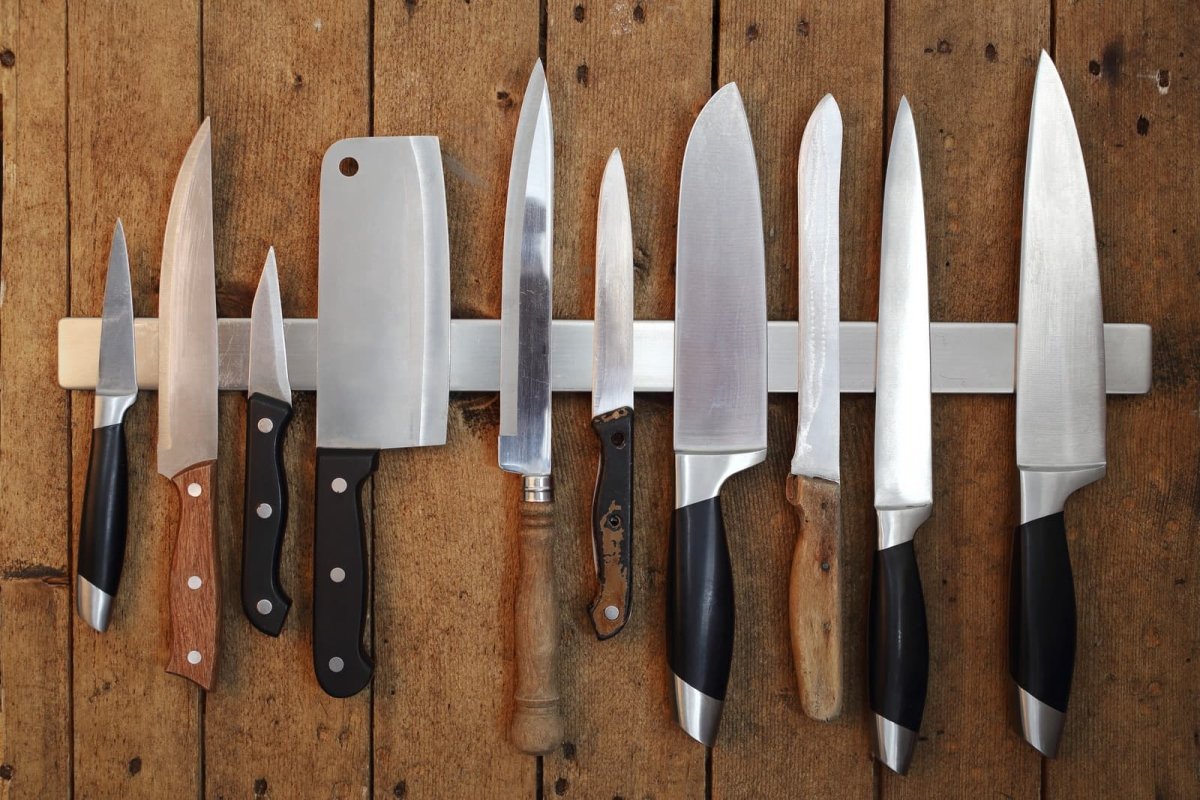
Discover the Art of Japanese Knives and Transform Your Culinary Experience
|
|
Time to read 3 min
|
|
Time to read 3 min
Imagine slicing through a ripe tomato with absolute ease or chopping herbs so finely that they release an aroma that fills your entire kitchen. Welcome to the world of Japanese knives—a realm where precision meets elegance, and craftsmanship knows no bounds. For those captivated by Japanese culture, cuisine, or simply the art of cooking, understanding Japanese knives is a gateway to enhancing your culinary skills.
If you're venturing into the world of Japanese knives, you'll encounter an impressive variety designed to tackle different kitchen tasks. The Gyuto , akin to the Western chef's knife, is versatile and ideal for cutting meat, fish, and vegetables. The Santoku , meaning “three virtues,” excels in slicing, dicing, and chopping. Meanwhile, the Deba is a sturdy knife perfect for filleting fish.
Each knife type serves its unique purpose, and understanding their specific uses can transform how you approach cooking. By incorporating these knives into your arsenal, you gain the ability to execute recipes with the precision and finesse they deserve.
The art of making Japanese knives is a revered tradition, passed down through generations of skilled artisans. These craftsmen employ techniques similar to those used in forging samurai swords, blending high-carbon steel with softer iron to create a blade that’s both sharp and durable. The forging process involves meticulous hand-hammering and precise heat treatment, resulting in a blade with a razor-sharp edge that maintains its sharpness over time.
This dedication to craft not only ensures the knife’s functionality but also imbues it with a sense of artistry. Each knife is a testament to the artisan’s skill, making it a unique piece of Japanese heritage.
What sets a high-quality Japanese knife apart from the rest? It’s all about the balance, sharpness, and durability. A superior Japanese knife boasts a keen edge, allowing for effortless cuts and slices. Its balance is impeccable, ensuring comfort and control during use, while its construction from premium materials guarantees longevity.
When selecting a Japanese knife, look for a well-forged blade and a comfortable handle—often crafted from wood or other traditional materials. These characteristics collectively enhance the knife’s performance, making cooking an enjoyable and efficient endeavor.
Owning a Japanese knife is just the beginning; maintaining its quality requires proper care. Always use a sharpener designed for Japanese knives to keep the edge in top condition. When storing your knife, opt for a magnetic strip or a wooden knife block to prevent damage.
It’s also crucial to use the right cutting board, preferably wood or bamboo, to avoid dulling the blade. By following these practices, your Japanese knife will remain a valued kitchen companion for years to come.
For those keen on adding a Japanese knife to their collection, numerous reputable sources offer genuine products. Well-known brands like Shun and Yoshihiro provide a range of traditional and modern designs. Tokyo’s Kappabashi Street and Kyoto’s Aritsugu store are renowned destinations where you can find authentic knives crafted by master artisans.
Purchasing from reputable dealers ensures you receive a product that embodies the true essence of Japanese craftsmanship, adding an element of authenticity to your culinary adventures.
While steeped in tradition, Japanese knife-making continues to evolve with innovations that enhance performance and design. Modern makers experiment with new materials, such as powder steel, to create blades that are even more resilient and sharp. Additionally, ergonomic handle designs are becoming more prevalent, providing comfort and reducing hand fatigue during extended use.
These advancements ensure that Japanese knives remain at the forefront of culinary tools, blending time-honored techniques with contemporary innovation.
Japanese knives are more than mere kitchen tools; they are a blend of art, history, and functionality. By integrating these knives into your cooking repertoire, you not only elevate your culinary skills but also connect with a rich cultural heritage. Whether you’re a professional chef or a home cook, exploring the realm of Japanese knives offers an enriching experience that transforms how you perceive and prepare food.
To further deepen your appreciation and understanding of Japanese knives, consider joining a community of fellow enthusiasts or attending knife-making workshops in Japan. These opportunities provide firsthand insights into the craftsmanship and tradition that make Japanese knives a true culinary treasure.